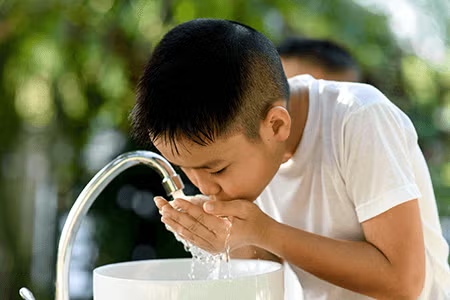The public relies on a class of biocides known as disinfectants to kill many disease-causing viruses (like the flu), bacteria (examples include E. coli and salmonella), fungi (such as mold), and other microbes, before they can cause harm. For example, these specialized substances help hospitals prevent the dangerous spread of disease, help restaurants and food processors keep harmful pathogens out of our food, and ensure the safety of our drinking water.

Additionally, these biocides are essential in ensuring countless manufacturing and industrial processes are not compromised by microorganism growth. Biocides play a key role in livestock production, oil and gas extraction, marine shipping, and many other processes.
But the benefits of biocides don’t stop there. There are a suite of biocides that also are essential preservatives for materials—they protect a vast array of products from pharmaceuticals to furniture to building materials from destructive microorganisms.